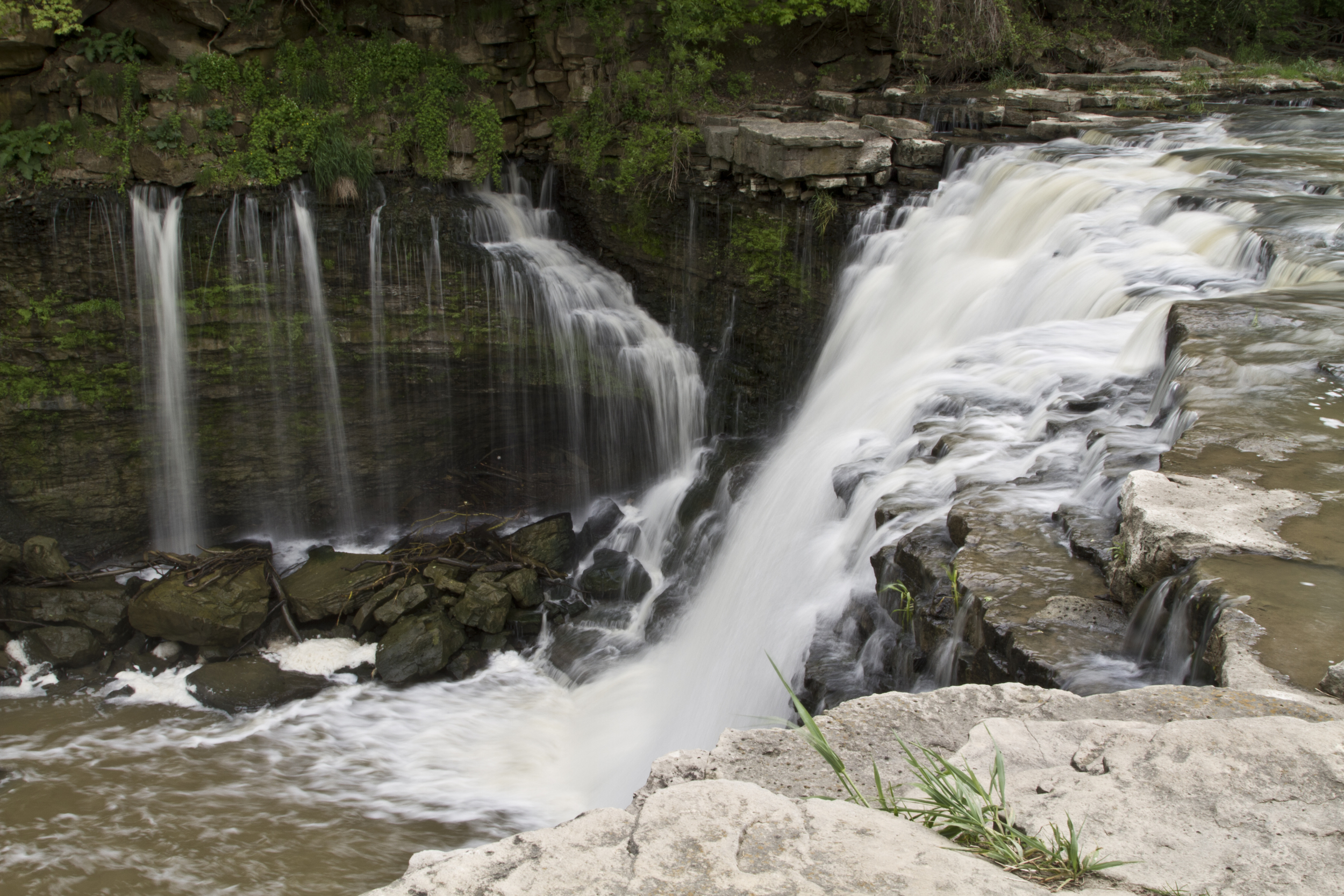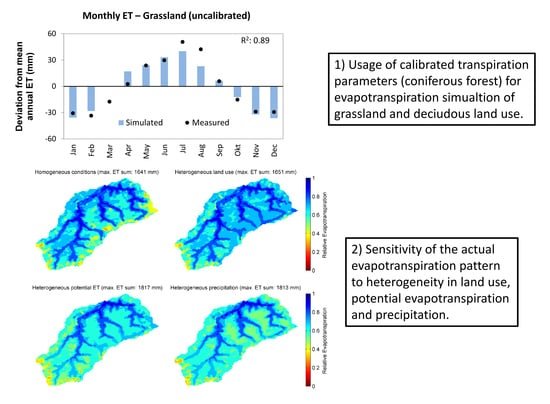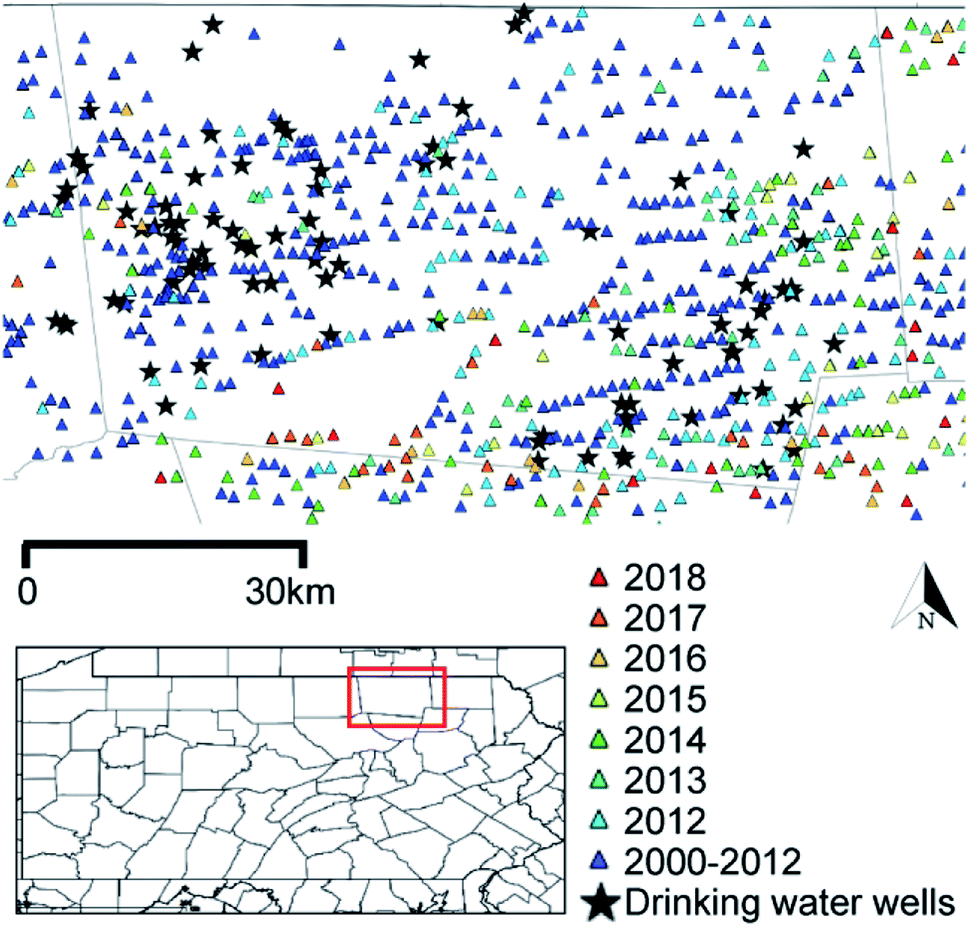

Manitoba Forage and Grasslands Association wins Water Canada innovation award
We’re proud to share that the Manitoba Forage and Grassland Association (MFGA) has been awarded the 2025 Early Adopter/Innovation Partnership Award from Water Canada for its pioneering work with Aquanty on hydrologic modelling in Manitoba.
The award recognizes outstanding collaborations that advance Manitoba and Canada’s water sector through innovation and partnership. MFGA earned this recognition for its leadership in applying Aquanty’s HydroGeoSphere-based modelling platform to better understand and manage water resources across agricultural landscapes.

HydroSphereAI Case Study: Crowe River Near Glen Alda
In late March 2025, the Crowe Valley Conservation Authority issued a Flood Watch across the watershed in response to a forecasted storm system and ongoing spring runoff. Forecasted rainfall, saturated soils, and an above-average snowpack created the right conditions for elevated streamflows, particularly in the Crowe River watershed. With a peak spring snow water equivalent (SWE) of 149.2 mm, the basin was primed for rapid hydrologic response—culminating in a strong single peak on April 6, when flows at Water Survey of Canada hydrometric Station 02HK005 reached 45.2 m³/s.

HydroSphereAI Case Study: Sauble River at Allenford — Spring Melt 2025
Using HydroSphereAI to anticipate and understand flood risks in real time and in retrospect. In late March and in the first days of April 2025, the Grey Sauble Conservation Authority issued an “All Watersheds” Flood Watch in anticipation of significant rainfall and elevated flows. A forecasted weather system was expected to bring up to 50 mm of total precipitation, following weeks of already saturated conditions. For the Sauble River at Allenford (Station 02FA004), this setup resulted in two distinct streamflow peaks within a five-day span— first on March 30, then again on April 3. Looking at both peaks, HydroSphereAI consistently delivered strong performance in predicting the structure and timing of the events.

Manitoba Cooperator - Farm climate adaptation on tap with MFGA project
The Manitoba Co-operator has featured the latest MFGA initiative, with comments from Dr. Steve Frey, Aquanty’s Director of Research Services, highlighting how advanced modelling is supporting more climate-resilient farming in Manitoba. The new project “Evaluating climate change impacts on Manitoba’s forage and grassland landscapes” will build on the MFGA Aquanty hydrologic model to simulate how changing climate conditions could impact water availability, land use, and agricultural sustainability across the Pembina Valley and Assiniboine West Watershed Districts.

HGS RESEARCH HIGHLIGHT – Hydraulic Tomography Estimates Improved by Zonal Information From the Clustering of Geophysical Survey Data
Exploring innovative methods in groundwater characterization, Chenxi Wang and Walter A. Illman present a study on improving Hydraulic Tomography (HT) estimates through the integration of geophysical survey data. Hydraulic tomography offers valuable insights into subsurface heterogeneity by analyzing multiple pumping tests. However, challenges arise when insufficient observations lead to smooth or inaccurate tomograms. In this study, Wang and Illman investigate the integration of geophysical survey data into HT analysis to address this issue.

HGS RESEARCH HIGHLIGHT – Heat Tracing in a Fractured Aquifer with Injection of Hot and Cold Water
In this comprehensive study, researchers explore the application of heat as a tracer in fractured porous aquifers, offering new perspectives on groundwater flow and transport dynamics. The research paper investigates the use of hot (50 °C) and cold (10 °C) water injections in a weathered and fractured granite aquifer, where the natural background temperature is 30 °C. This study relies on a number of advanced HGS capabilities including density-dependent geothermal energy transport, fracture flow and time-varying material properties.

HGS RESEARCH HIGHLIGHT – Using High-Resolution Data to Test Parameter Sensitivity of the Distributed Hydrological Model HydroGeoSphere
By integrating HydroGeoSphere in this study, the researchers demonstrate its versatility in accommodating high-resolution data and conducting sensitivity analyses across different spatial scales. Precipitation emerges as the most sensitive input data, significantly influencing total runoff and peak flow rates. Additionally, the study highlights the importance of spatially distributed land use parameterization in accurately simulating evapotranspiration components and patterns.

HGS RESEARCH HIGHLIGHT – Groundwaters in Northeastern Pennsylvania near intense hydraulic fracturing activities exhibit few organic chemical impacts
In this comprehensive study, researchers investigated the potential impact of hydraulic fracturing activities on groundwater quality in Northeastern Pennsylvania, using a HydroGeoSphere model of a region with thirty gas-well pads. Modelling results suggest a low probability of systematic groundwater organic contamination in the region.

HGS RESEARCH HIGHLIGHT – How Does Topography Control Topography-Driven Groundwater Flow?
In a study led by Xiaolang Zhang, Jiu Jimmy Jiao, Wensi Guo, researchers have comprehensively explored the mechanisms governing topography-driven groundwater flow. Their research showcases the complexities between varying rainfall patterns, topographic features, and groundwater flow dynamics, offering invaluable insights into hydrological processes.

HGS RESEARCH HIGHLIGHT – Comparing alternative conceptual models for tile drains and soil heterogeneity for the simulation of tile drainage in agricultural catchments
This research highlight explores tile drainage systems within agricultural catchments, with the goal of refining hydrological modeling methodologies. The study explores the impact of soil heterogeneity on model simulations, revealing its significance at smaller scales. Overall, offering valuable insights into improving the representation of tile drainage in hydrological models, crucial for sustainable water management in agricultural landscapes.
